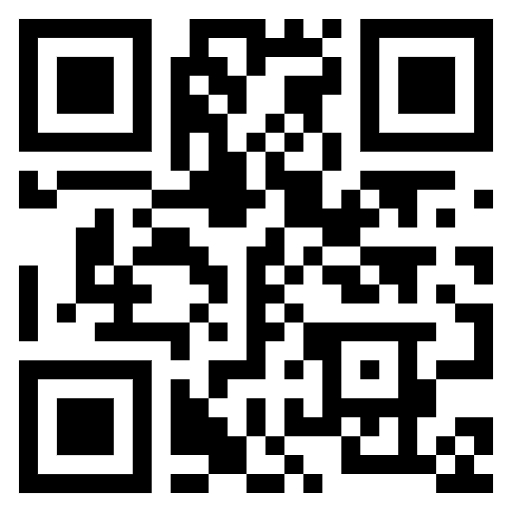Deconstructing Workplace Diversity Discourse: Managerial Realities and Hidden Challenges
Paragraph 1
The diversity discourse is primarily aimed at managers, particularly those sceptical about ‘equal opportunities’, which is defined as a state of fairness in which job applicants are treated similarly, unhampered by artificial barriers or prejudices or preferences, with the intent that the important jobs in an organization should go to the people who are most qualified – persons most likely to perform ably in a given task – and not go to persons for reasons deemed arbitrary or irrelevant, such as circumstances of birth, upbringing, having well-connected relatives or friends, religion, sex, ethnicity, race, caste, or involuntary personal attributes such as disability, age, gender identity, or sexual orientation. It tends to encourage managers to take ‘ownership’ of diversity with the result that its particular meaning is derived from a managerial agenda.
Paragraph 2
Diversity is not owned by ordinary employees and their representatives; indeed, this is often deemed by diversity proponents to be one of its strengths over traditional equal opportunity approaches because it supposedly depoliticizes the issues. In effect this is a fallacy because the issues remain political. Control of policies and practices has always resided with management, but diversity extends this to cover the discourse of equality.
Paragraph 3
A good illustration comes from Zanoni and Janssens (2004) who found that managers they interviewed resorted to stereotypes to explain differences and were interested only in how such differences could be deployed in relation to organizational goals. In some cases, differences were interpreted by managers as deficiencies (of skills, competences, dispositions, attitudes and so forth) and therefore provided a managerial rationale for not appointing, promoting, rewarding, and so on. In other instances, the differences were interpreted as vulnerabilities and consequently such employees were considered to be more compliant and malleable to managerial demands. Zanoni and Janssens conclude that ‘diversity is conceived in a very selective and instrumental way with reference to the productive process in the specific organizational context. In this way, these diversity discourses clearly reflect existing power relations between management and employees in the organization.’
Paragraph 4
A retail case study by Foster and Harris (2005) is just as instructive in revealing the paradox in enacting diversity. Line managers struggle to come to terms with the apparent contradiction in treating everyone the same (for consistency and perceived equity) while also recognizing the individual needs of employees, which might require differential treatment. Indeed, the sameness–difference paradox evident in the policy and practice of previous equal opportunities approaches is not reconciled by the turn to diversity.
Paragraph 5
Overall, within the workplace, diversity approaches might encourage a rethinking of policy and a review of practices from which ethnic minority employees might benefit. It is, however, misguided to believe that diversity will deliver in ways that equal opportunities could not. Diversity discourses are not constructed to confront power relations, dominant ideologies or organisational goals. They do not tackle the deep, structural problems discussed by other commentators. Indeed, as these commentators have noted there is a tendency for the diversity discourse to be underpinned by a business case rationale which is dangerously flawed.
CAT Verbal Online Course





